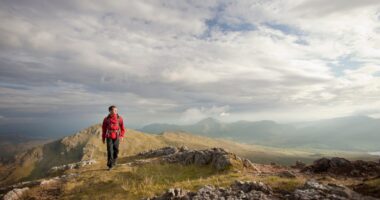Every year, nature puts on a spectacular show in Africa. The Great Migration is an awe-inspiring event that brings together millions of animals from across the continent.
From zebra and wildebeest to gazelles and antelope, these creatures embark on an incredible journey that covers thousands of miles in search of food and water. This natural phenomenon offers visitors the chance to witness one of the most incredible sights in all of Africa – a never-ending stream of life moving across the savanna, where predators lurk and danger lurks around every corner.
Along with its undeniable beauty, this annual event provides a unique opportunity for people to observe wildlife up close while learning more about their behavior and how they interact with each other. It’s truly an experience like no other!
A Visual Journey Through Africa’s Wildlife Hotspots
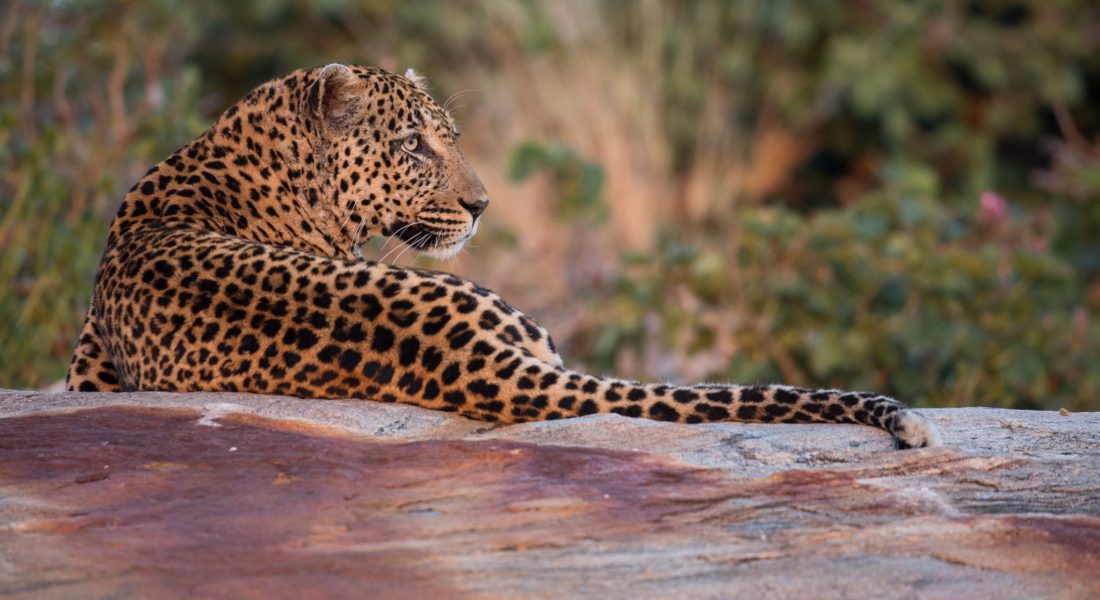
For some, a safari in Africa is the ultimate dream. From Kenya to Tanzania and beyond, tourists are drawn to witness the incredible spectacle of The Great Migration – an annual phenomenon where millions of wildebeest and zebra traverse vast distances across the continent in search of food and water.
As they make their way along this journey, visitors can experience unforgettable sights, sounds, and smells as they explore Africa’s wildlife hotspots. From the Serengeti National Park’s rolling savanna grasslands that offer prime viewing opportunities for predators like lions, cheetahs, and leopards; to Ngorongoro Crater’s diverse ecosystem teeming with elephants, zebras, and hippos; discovering these vast wilderness areas is a true privilege. Tourists will also have a chance to get up close with giraffes grazing on acacia trees or spot herds of antelopes running through golden plains covered in misty morning dew.
At Lake Nakuru National Park you might find one million flamingos turning its shallow waters into pinkish-hued canvases while at Masai Mara Reserve hundreds of thousands of hoofed animals pass through its expansive savannas every year. In Amboseli National Park you may even be lucky enough to catch sight of Mt Kilimanjaro towering above elephant herds as they graze beneath its enormous shadow! No matter which route travelers take, exploring Africa’s wildlife hotspots promises an awe-inspiring adventure filled with wonderment every step along the way!
Exploring the Phenomenon of Mass Migration in Nature
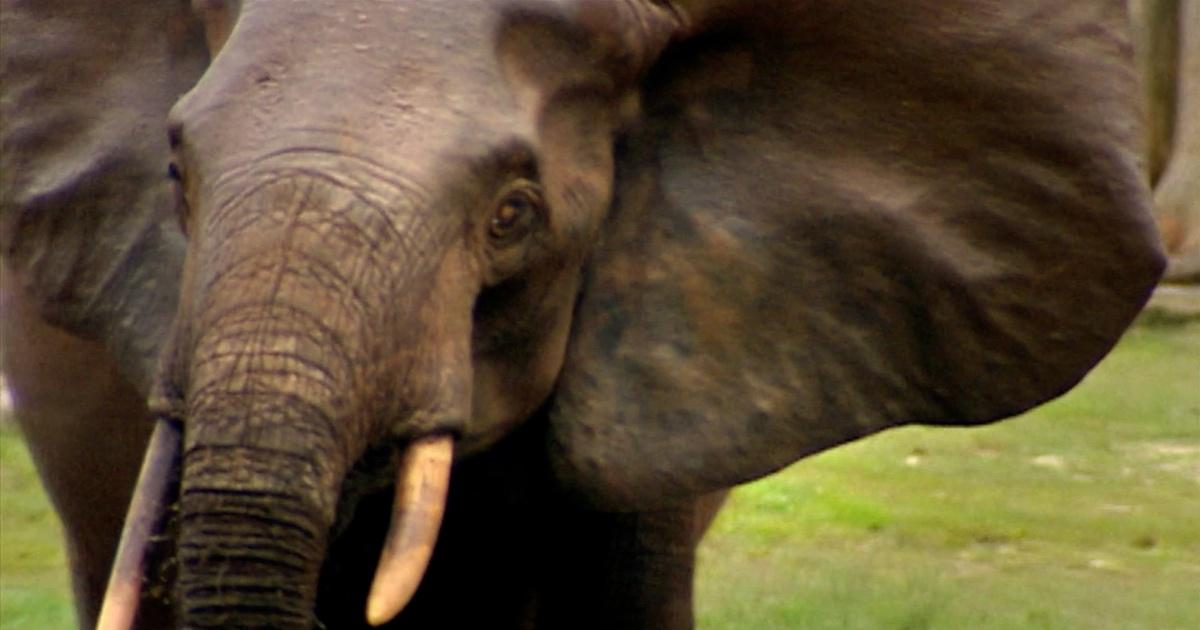
The phenomenon of mass migration is one of the most impressive spectacles in nature. Every year, millions of animals in Africa migrate over vast distances for a variety of reasons, including food availability and temperature changes.
From zebras trekking across the Serengeti to wildebeests braving crocodile-filled rivers, the sheer number and diversity of species that undertake this incredible journey are breathtaking. This phenomenon has been studied by researchers for years and continues to reveal fascinating details about animal behavior.
For example, some migratory species have been observed demonstrating sophisticated navigational techniques such as homing on distant landmarks or using celestial cues like stars to guide them along their journey. In addition, many migrating animals cooperate during these long treks which can span thousands of miles in total distance traveled! The Great Migration is an awe-inspiring natural event that draws countless people from around the world every year who come to witness this spectacle firsthand.
While visiting Africa’s great parks like Tanzanias Serengeti National Park or Kenyas Masai Mara Game Reserve you can get up close and personal with all sorts of migratory wildlife – from large herds of antelopes to flocks of flamingos – making it a truly unforgettable experience!
Witnessing the Epic Movement of Animals Across Landscapes
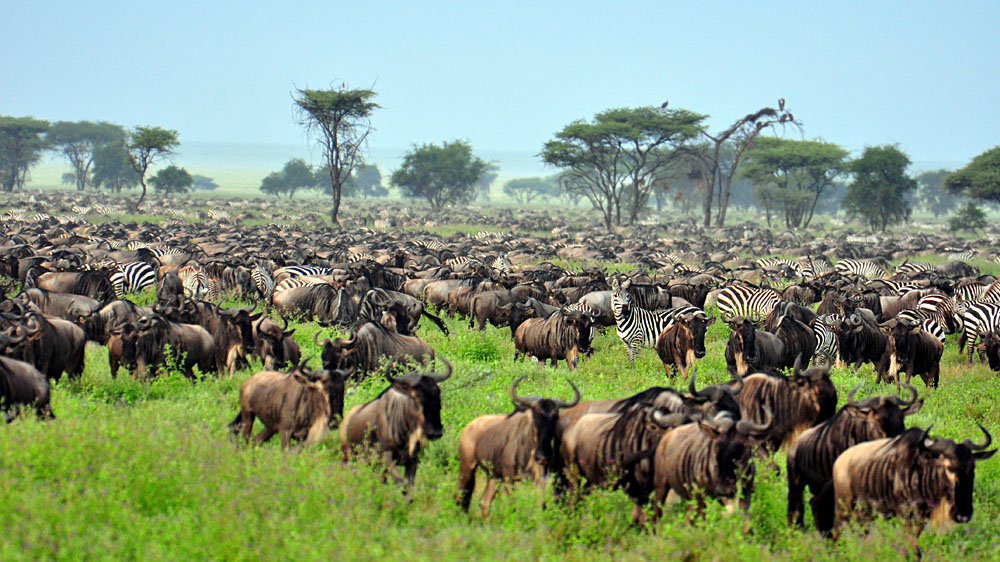
The Great Migration is an awe-inspiring spectacle of nature. Every year, millions of animals flock to the Serengeti Plains in search of greener pastures and freshwater sources.
Witnessing this epic movement across landscapes is a truly remarkable experience for any safari-goer lucky enough to witness it. The vast herds fill the horizon as they move across plains; from elephants to wildebeests, zebras, and more, each species has its own story and purpose during its journey.
It’s one of the few times that humans can glimpse into the beauty and power of nature without taking away from it or doing harm – just enjoying a beautiful show put on by Mother Nature herself!
Understanding the Impact on Local Ecosystems and Communities
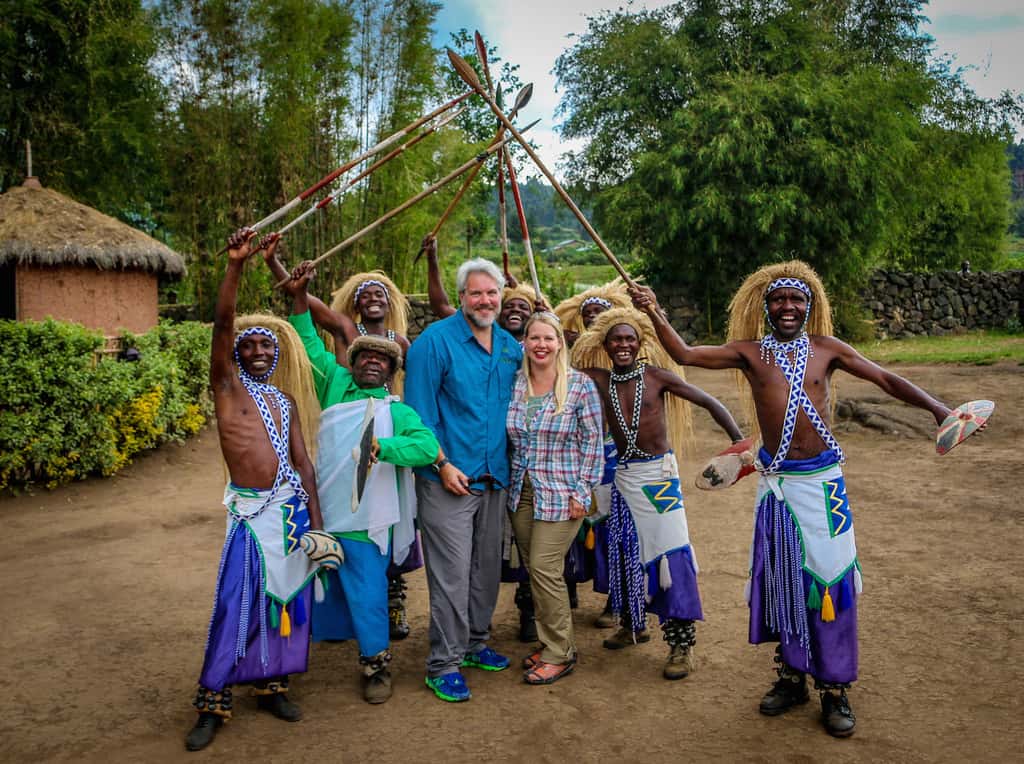
The Great Migration is one of the most remarkable spectacles in nature, and its impact on local ecosystems and communities has been immense. In Africa, it brings together millions of animals every year, with their presence impacting the vegetation, land use patterns, and livelihoods of local people.
It also serves as a source of tourism revenue for many African countries. On a practical level, migration helps to sustainably manage resources by providing grazing areas for large herds that would otherwise consume too much food from a single area or region.
By moving around in search of fresh pastures these animals help to ensure that scarce resources are spread out more evenly across different locations throughout the year. At a cultural level, this natural phenomenon holds great significance for many communities in Africa that have historic ties with wildlife migrations dating back centuries ago. The arrival and departure of wildebeest each season can be seen as an important marker for life cycles such as harvests or other events such as weddings within certain tribes or societies where animal movements are closely watched and monitored according to tradition.
The Great Migrations effects go beyond just sustenance; it provides some economic benefits too through increased employment opportunities related to ecotourism activities like safaris which bring visitors from all over the world looking to witness this incredible spectacle firsthand. As more tourists come into contact with traditional culture they often deepen their understanding of how human activities interact with nature’s rhythms — something that will hopefully lead them towards greater appreciation and respect for our environment overall!
Conclusion

The Great Migration is an amazing natural spectacle to witness in Africa. Every year, millions of wildebeest and other animals trek from the Serengeti plains in Tanzania to the Amboseli National Park in Kenya, presenting a true sight of nature’s beauty. This great migration helps sustain life on both sides of the two countries’ borders by providing food and resources for local people as well as promoting ecotourism.
The experience of being able to witness this phenomenon will stay with you forever – it truly is something special! Visiting Amboseli National Park during this time provides visitors with an unforgettable experience they won’t soon forget.

